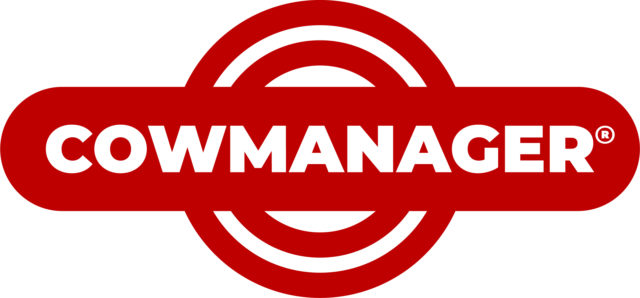Dairy farmer: “We employ 15 Mexicans here.” Me: “Oh, are they all from Mexico?” Dairy farmer: “I don’t know. I don’t think so.” Me: “Then they’re not all Mexicans. That’s like calling me Canadian just because I’m a white girl.”
I’ve had this conversation countless times not only with people within the dairy industry, but outside of it too. For years now, the U.S. has called itself the “melting pot” or more recently, the “salad bowl” because of the many different races and ethnicities that make up our diverse population. It baffles me that some still don’t acknowledge other cultures or if they do, still uphold their own culture as superior. A person’s cultural awareness is “the understanding of the differences between themselves and people from other countries or other backgrounds, especially differences in attitudes and values.”
Eighty percent of the workforce in agriculture speak Spanish, and most are from Latin America. I once heard a banker say, “The Spanish come in here all the time to cash their checks.” I asked if they were all from Spain. The reply was, “No, they speak Mexican.” Can we get a few things straight here? A person is Spanish if he or she is from Spain. A person is Mexican if from Mexico. A person is Honduran if from Honduras, so on and so forth. If you employ a mix of Spanish speakers from Latin America, you employ Latinos. Latin America encompasses Central America – Mexico, Honduras, El Salvador, Nicaragua, Costa Rica, Panama, Guatemala, Belize – and all the countries of South America – Colombia, Argentina, Chile, etc.
Why is this important to know: respect. I’ve been on the other end. I went to a Five Guys Burger and Fries restaurant a few years back and the entire staff was Latino. I also should note, they were all males too. Upon walking in, I noted they were all speaking Spanish, and when they saw 27-year-old me, well, you might imagine what they were saying then, in Spanish. Unbeknownst to them, I also speak Spanish. But, they assumed I didn’t. They assumed I was just a white, English-speaking American gringo. You should have seen the looks on their faces when I proceeded to order my meal in Spanish. You could have heard a pin drop. I got my food for free that day.
No one expects you to know everything about their culture, but they do expect you to respect it. Take time to learn about their culture. Learn about their families, their traditions, their beliefs, their food. I studied abroad in Panama and have worked with Spanish speakers in the dairy industry for over 15 years. Our team members at Cow Comfort Inn Dairy are from Mexico and Honduras, and although they speak the same language, there are dialect differences, and they have different customs and traditions from each other.
I have tasted foods I would have never thought to try, the most recent being cow tongue tacos (that’s a different story for another day). I learned how to make the best pico de gallo and Mexican hot chocolate. One of our employees regularly brings her Honduran dishes to the farm for us to try, and I do the same when I stress bake. They have certainly learned a lot about cheesecakes from me over the years.
One of the biggest ways to show respect for another culture is to learn some key words or phrases in their language. I’m not asking you to be fluent. Sometimes all it takes are simple greetings. ¡Buenos dias! (Good morning), ¡Buenas tardes! (Good afternoon) ¡Buenas noches! (Good evening) all elicit a smile when greeting someone. Instead of barking orders first thing in the morning, I always greet everyone with, “¡Buenos dias! Cómo estás hoy?” (Good morning! How are you today?) Trust me, a little goes a long way. It makes them think, “I’m not just here to milk cows. My employer actually cares about me.”
I teach an online Spanish class I specifically designed for the dairy industry to help bridge the communication gap and build respect and rapport within the agricultural community. My students range from farmers to veterinarians to pharmaceutical reps. One of my favorite things about teaching the classes is the stories I get from my students. One of my favorite stories comes from a milk tester, who after just three weeks of my eight-week course, tried using what she had learned so far on a large farm where she was testing. She told me that in the past, Spanish-speaking workers paid her no mind while she collected milk samples.
This time though, she greeted them in Spanish and did what she could to have a conversation with them. The workers were stunned but excited. This person was actually learning their language! My student said she had the best time and learned more from them and was even able to teach them some English words in return. The best part of the story, though, was that during this shift, it snowed really hard. She went out to her car to load her samples and found that the work crew had cleaned off her car. She garnered that much respect in a matter of hours. This is just one of the many heart-warming stories I have received that demonstrate the need for cultural respect and the continuance of these classes.
You’re never too old to learn anything – even another language. If you’re not learning, you’re not living. Embrace differences; reach across cultural borders and you’ll open yourself up to a whole new world of possibilities and experiences.





